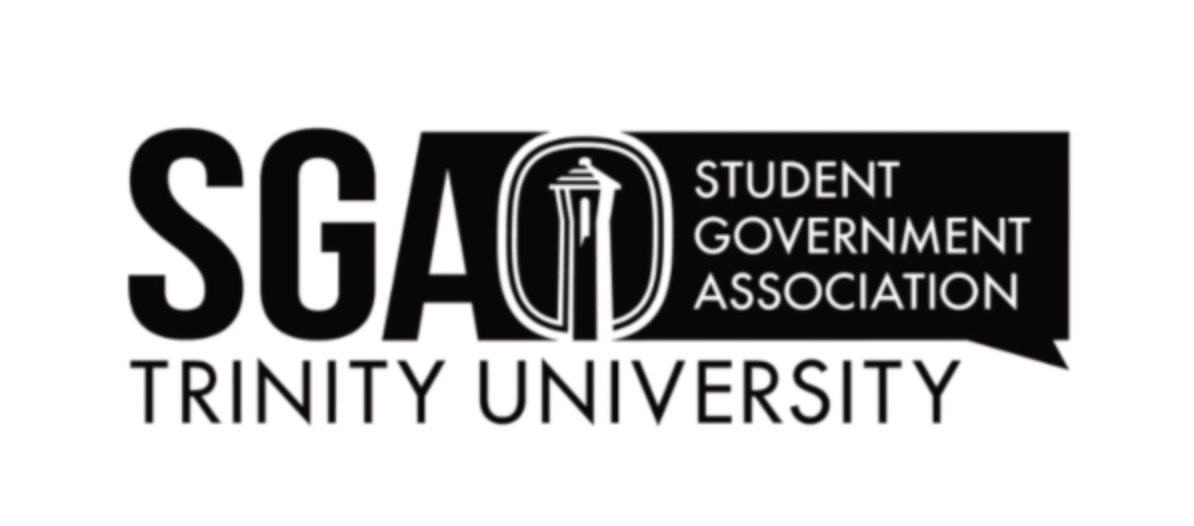On Friday, March 8, Dennis Ahlburg, president of the university, and Gary Logan, vice president for finance and administration, presented the 2013-14 budget to faculty and staff.
The presentation covered financial health, risk assessment, revenue estimates and capital projects as well as a question and answer session. The goal of the presentation was to promote transparency in the financial affairs of the university.
“This is a continuation of our feeling that in order to better understand the institution you need to understand the business model,” Ahlburg said. “This is”¦ a view of where the money comes from and where the money goes. Anything you want to look at, just ask us.”
While the presentation focused on the financial basics of Trinity’s budget, Logan and Ahlburg both said that a more detailed discussion of the budget will occur throughout the year.
“I would like to have periodic meetings with the campus community for those who would like to dive deeper into allocating assets and spending for the endowment and some of the more detailed financial metrics we use to measure financial health,” Logan said.
According to John Huston, professor and chair of economics, the focus on transparency is an improvement over past administrations.
“This is far more transparent in terms of where revenues come from and where spending goes. I appreciate the effort to reach out to faculty and staff about the budget,” Huston said.
“I think it helps in faculty decision-making to know more about the budget.”
In terms of revenue estimates, Logan’s budget presentation focused on increasing student revenues rather than cutting costs. Among peer institutions in Texas, such as Southwestern University, Rice, Texas Christian University and others, Trinity maintains the lowest total direct cost for students. In order to attract students and stay a quality institution, Logan said that the university should continue to increase the cost of attendance.
“I think that’s right on the mark. If we get into the business of trying to replicate what University of Texas does or what Phoenix does online “” we have no comparative advantage,” Huston said. “Our edge is the personal experience. You can get experiential learning off-campus, one-on-one with faculty, undergraduate research. There are things you can do here that you can’t at large universities or online.”
According to Logan, the bottom line on net tuition revenue comes down to a 4.9 percent increase in tuition for the 2013-14 academic year. Logan said that the increase will likely be high relative to other institutions, allowing Trinity to lessen the price differential between Trinity and peer institutions in Texas.
“We are clearly not at the bottom of the list academically. And I think being priced at the bottom of the list is not a good place for us to be in the market,” Logan said. “We’re trying to bite into the price differential, but we are also sensitive to the fact that we cannot make up that ground instantly, considering the current economy.”
The budget presentation concluded with a question and answer session in which both Ahlburg and Logan answered questions from the faculty and staff.






